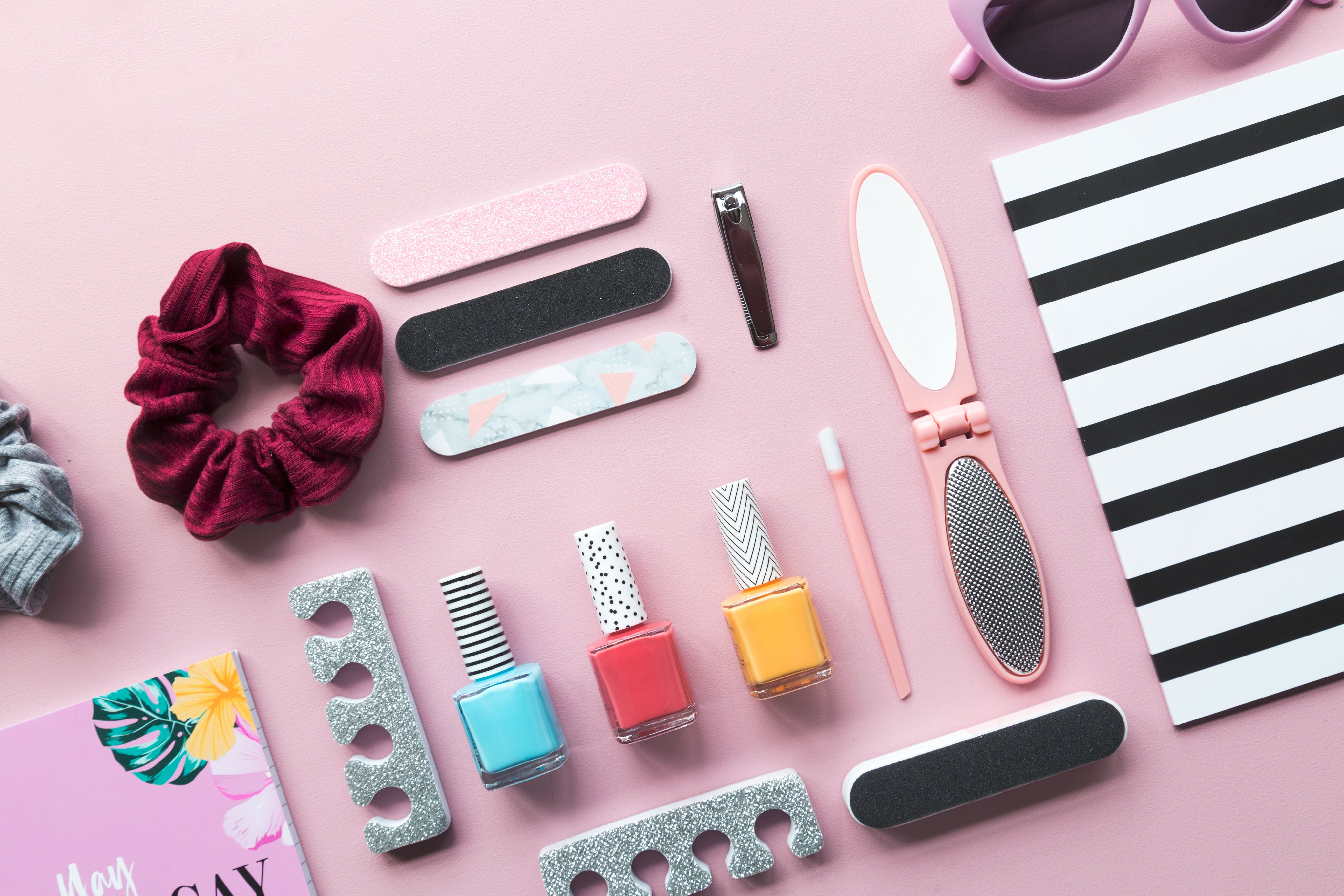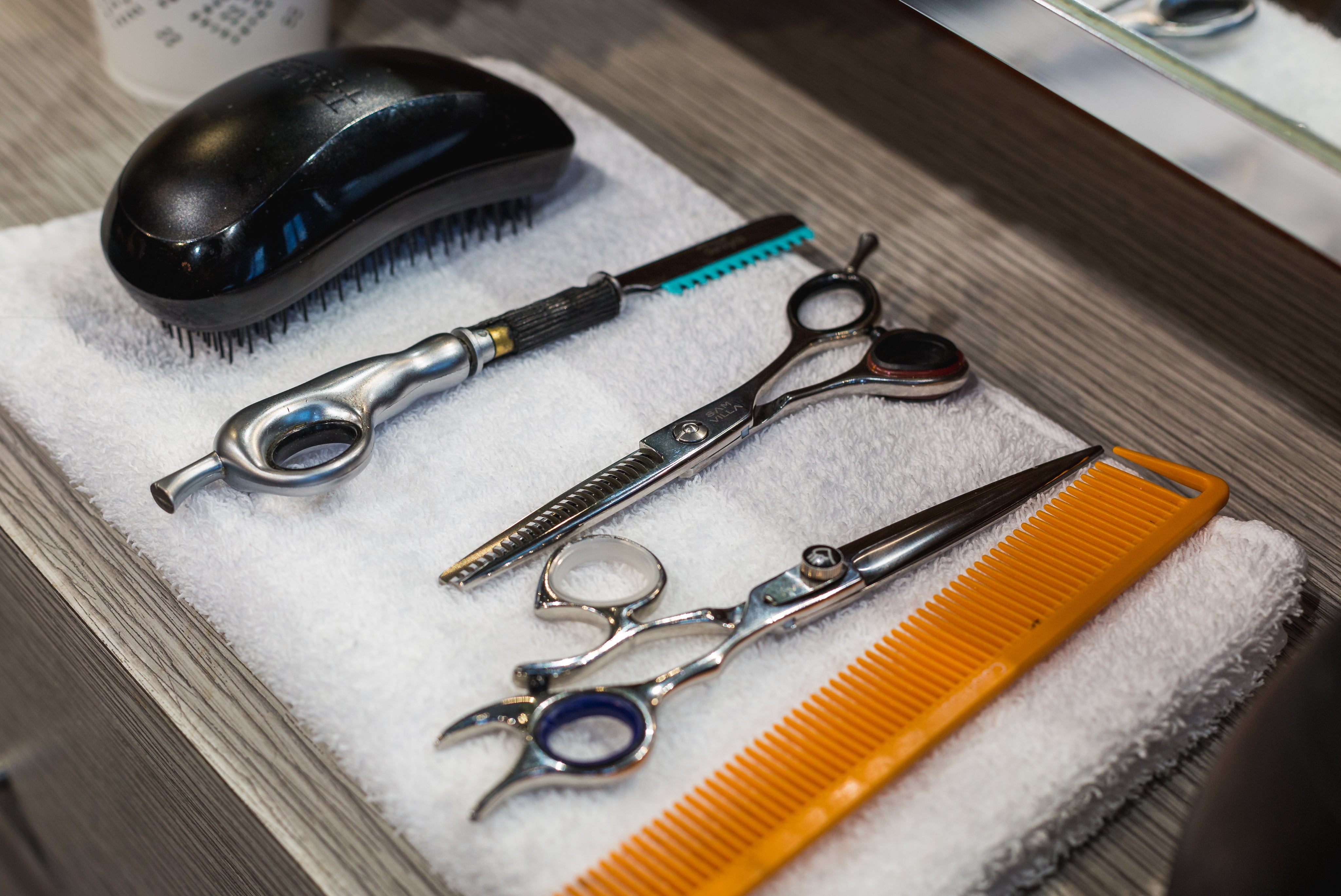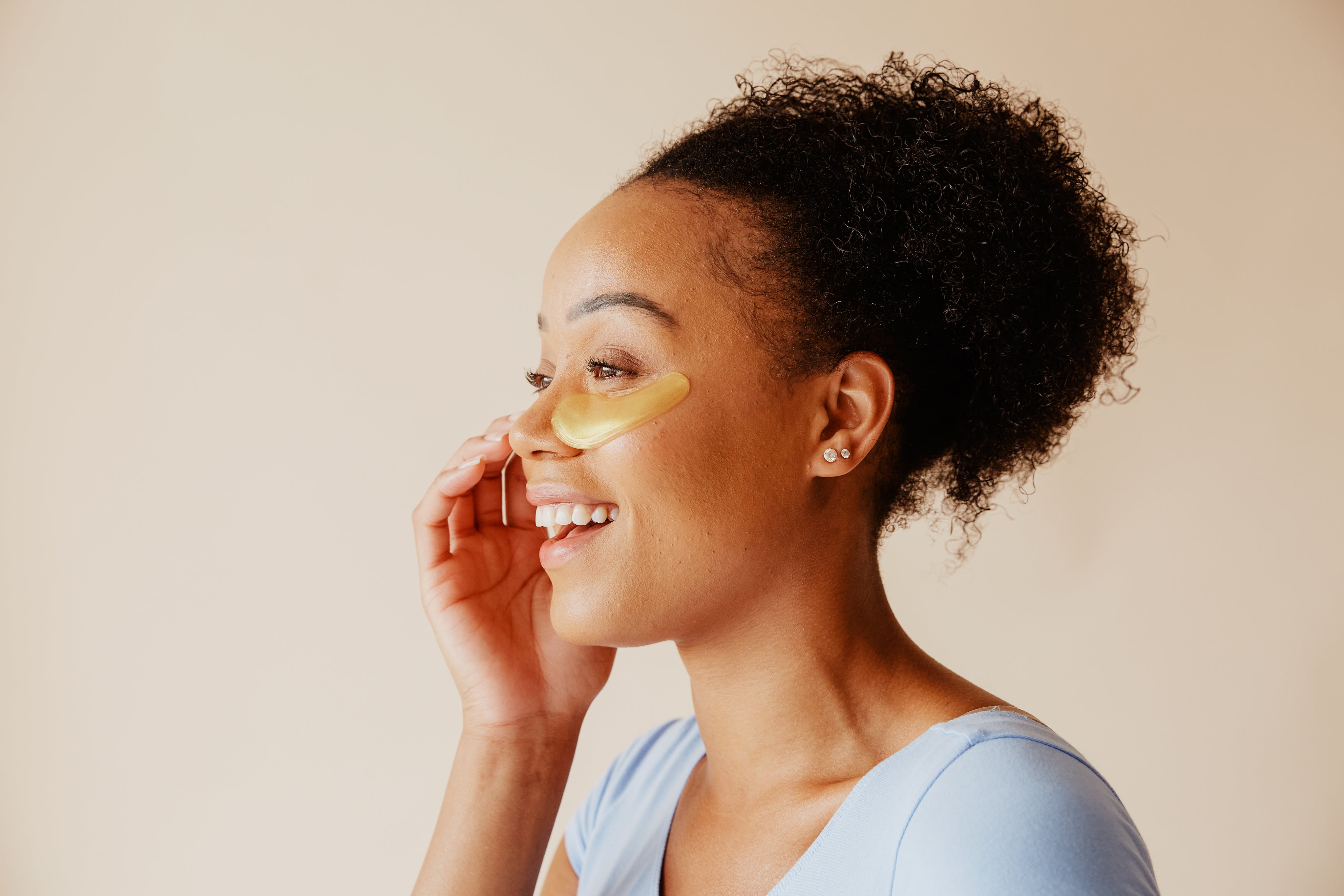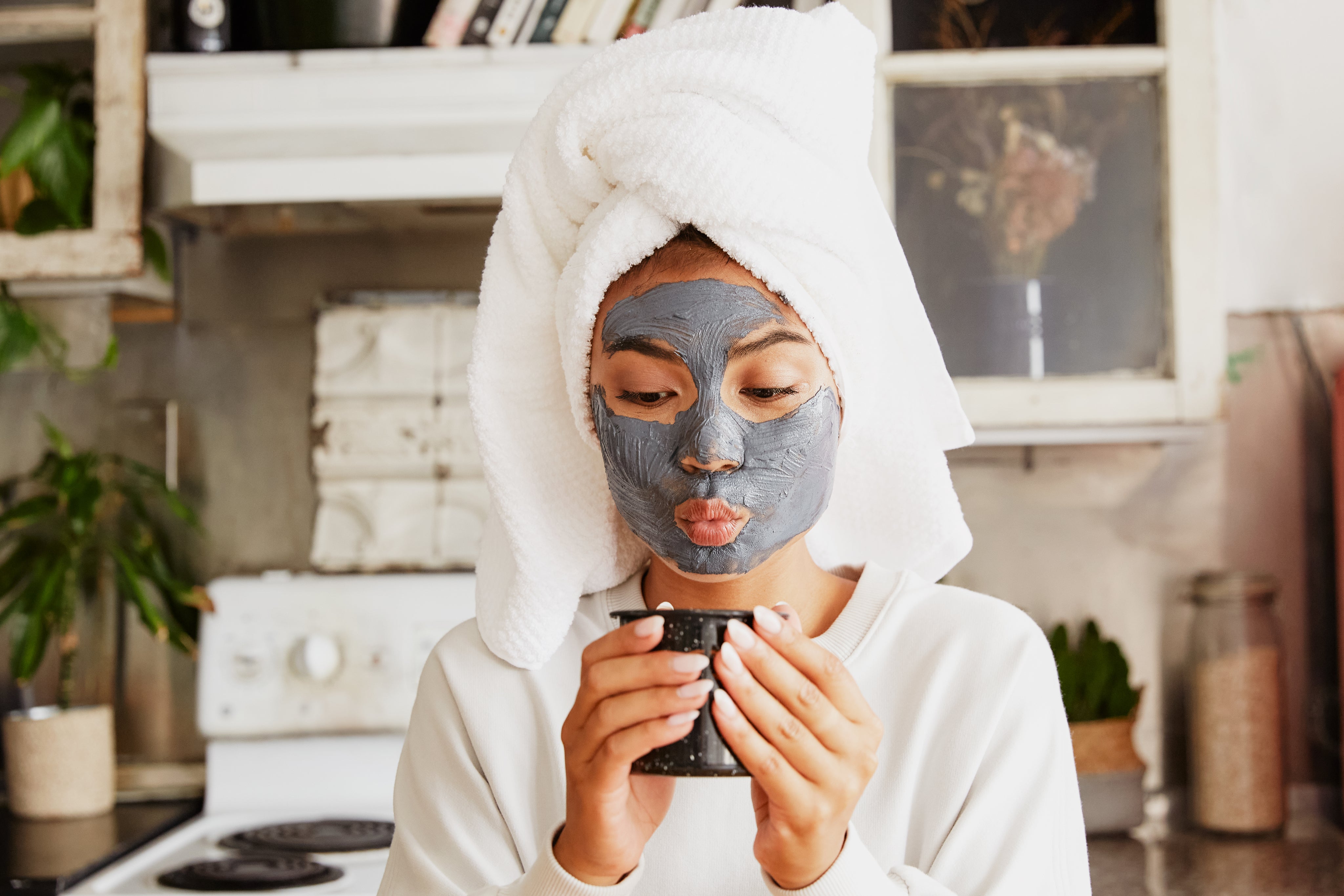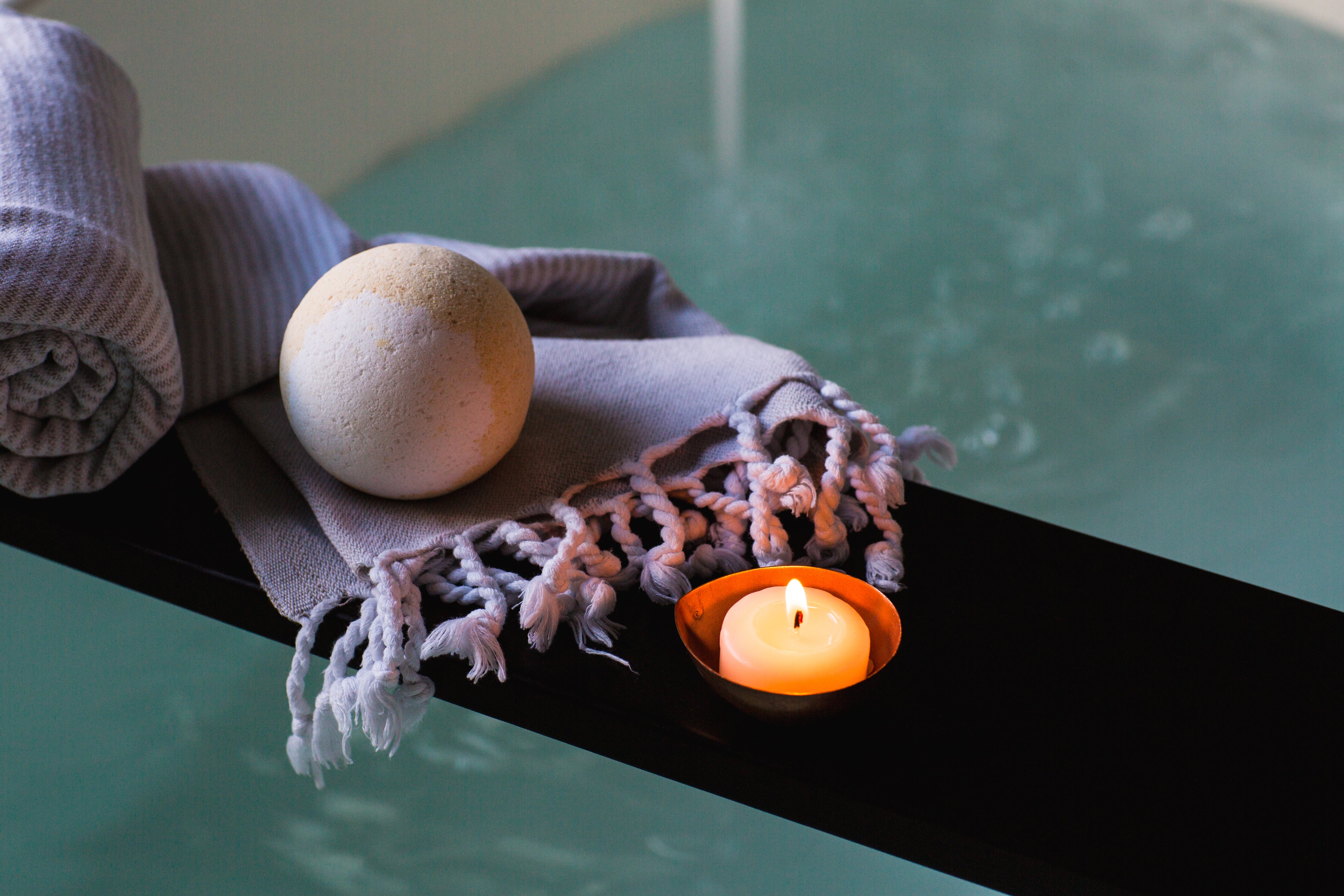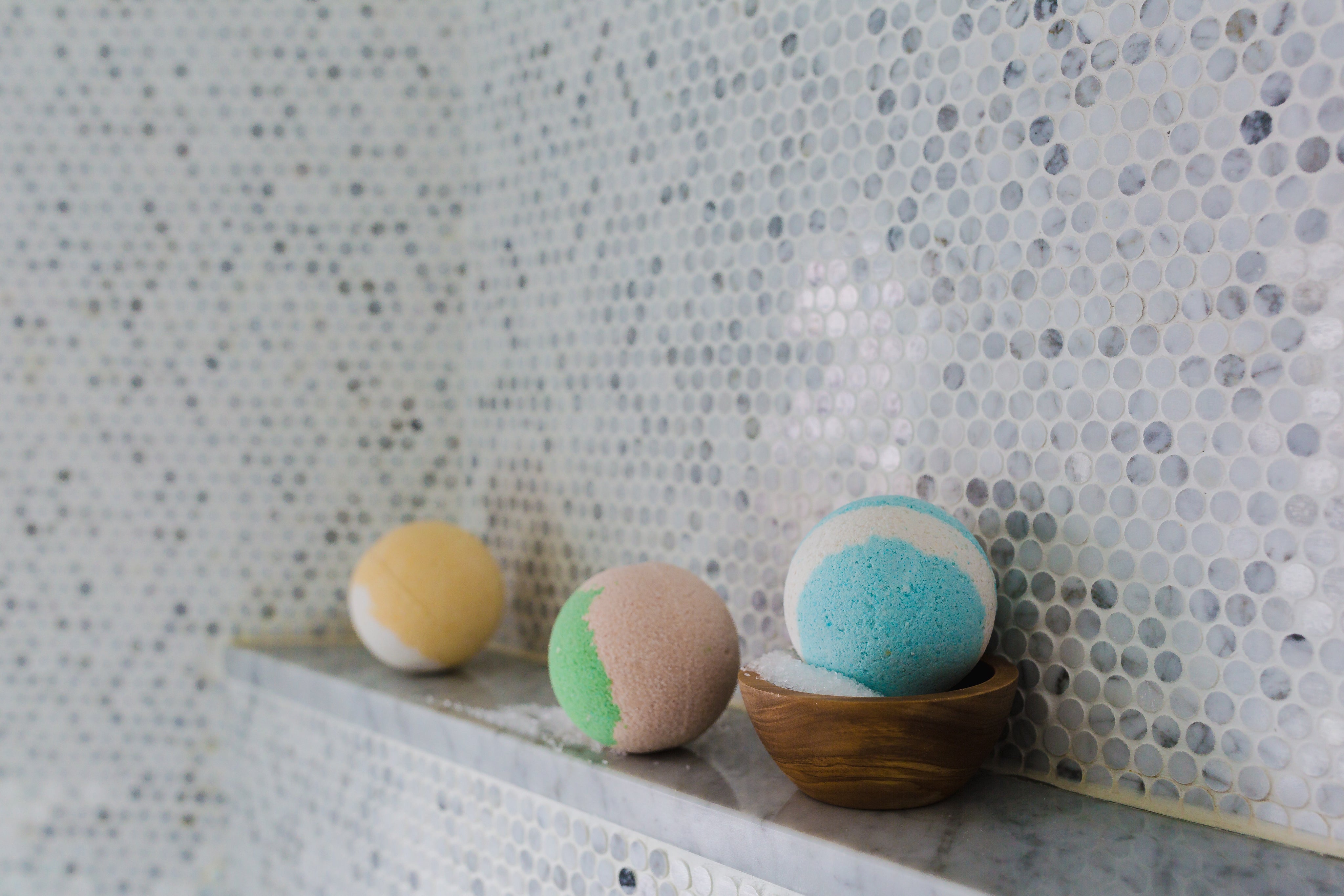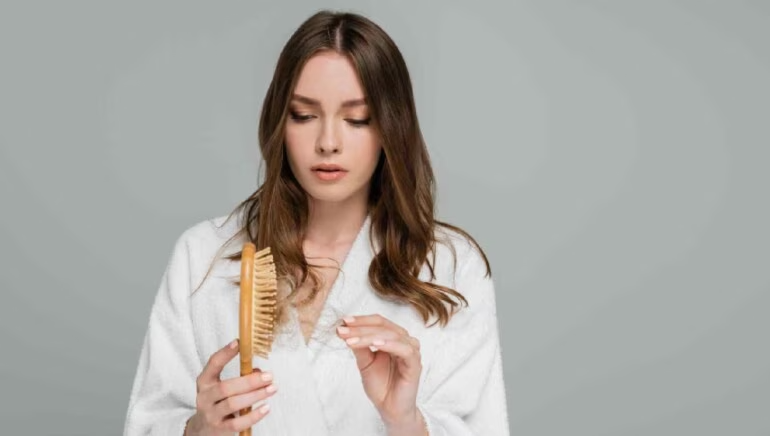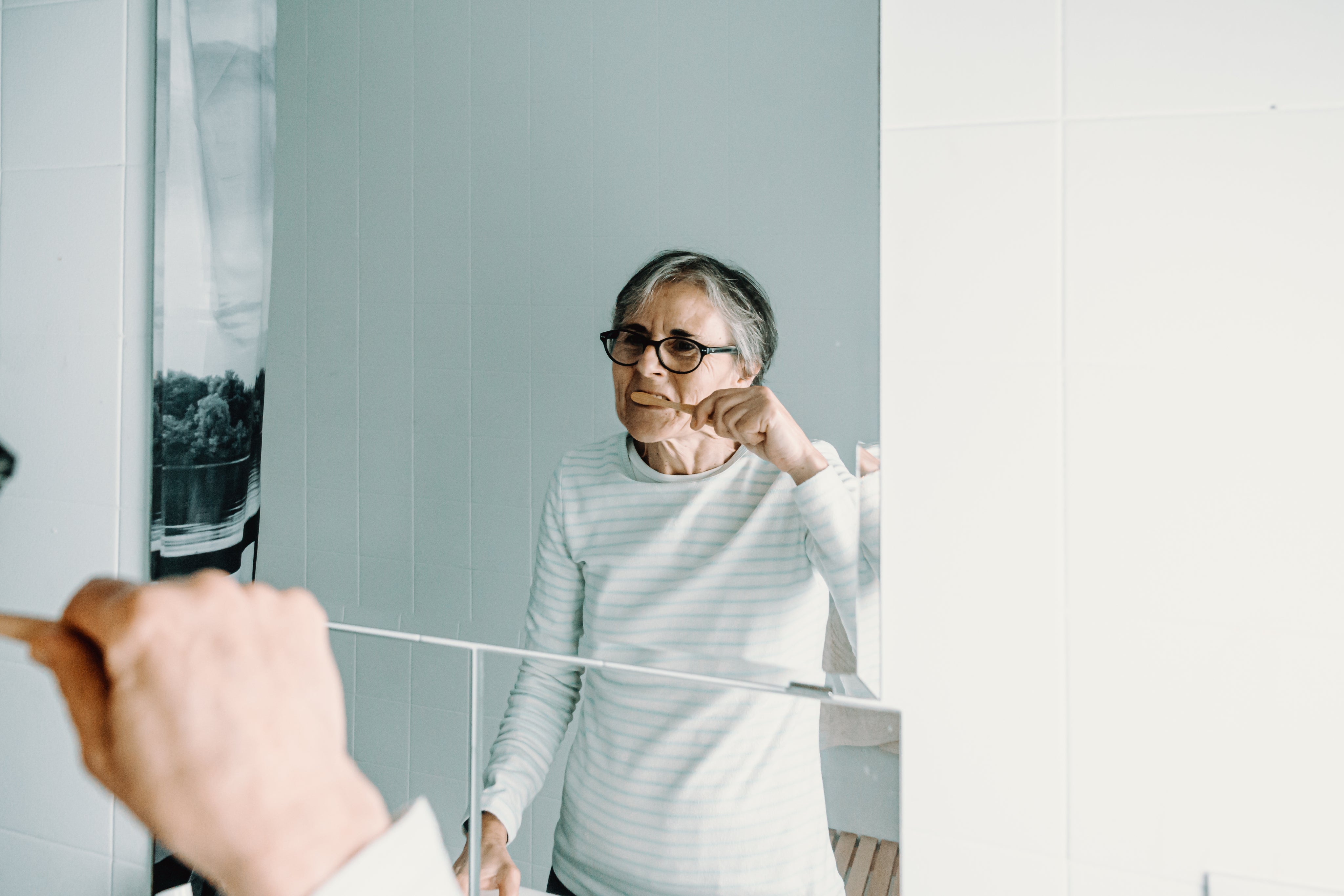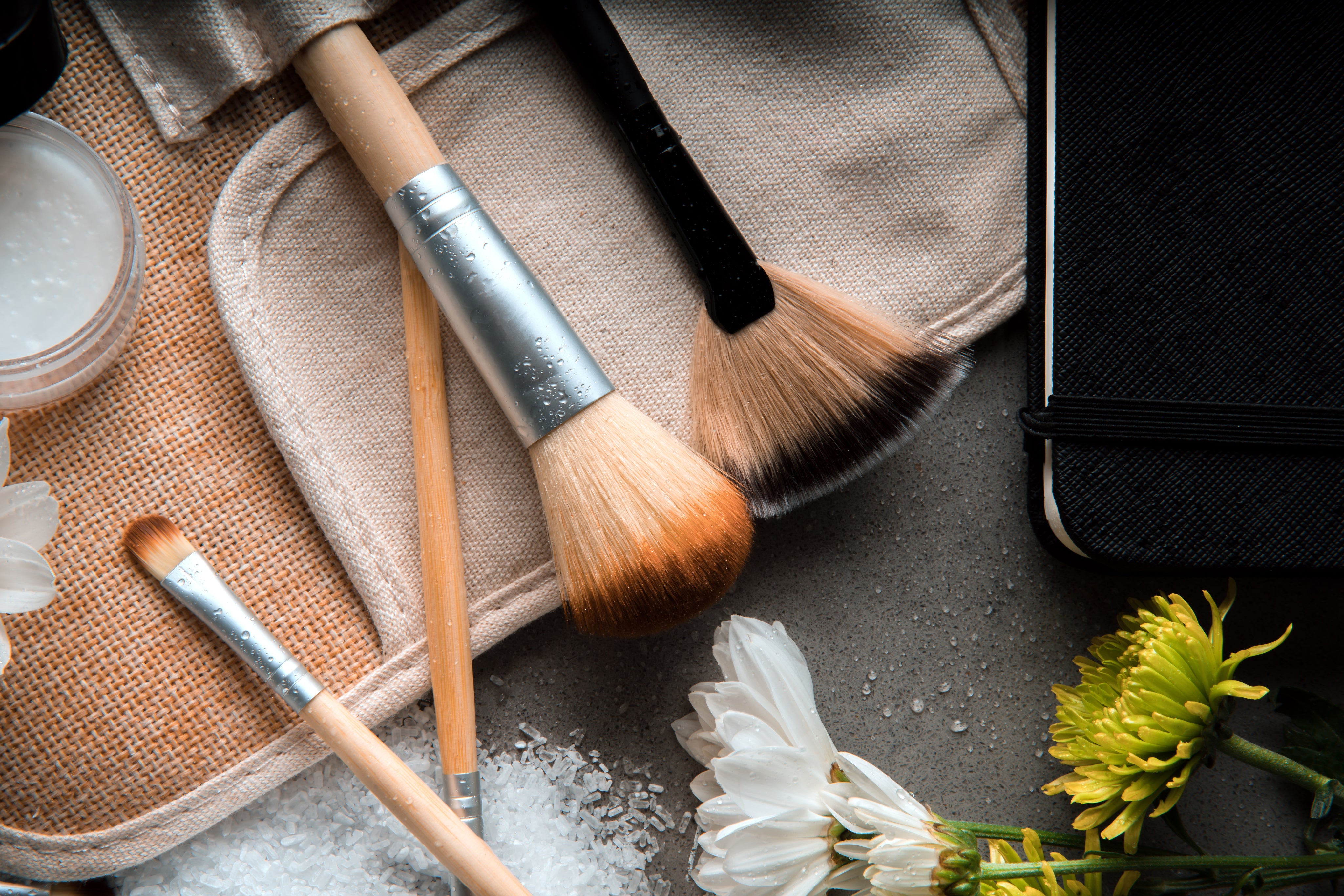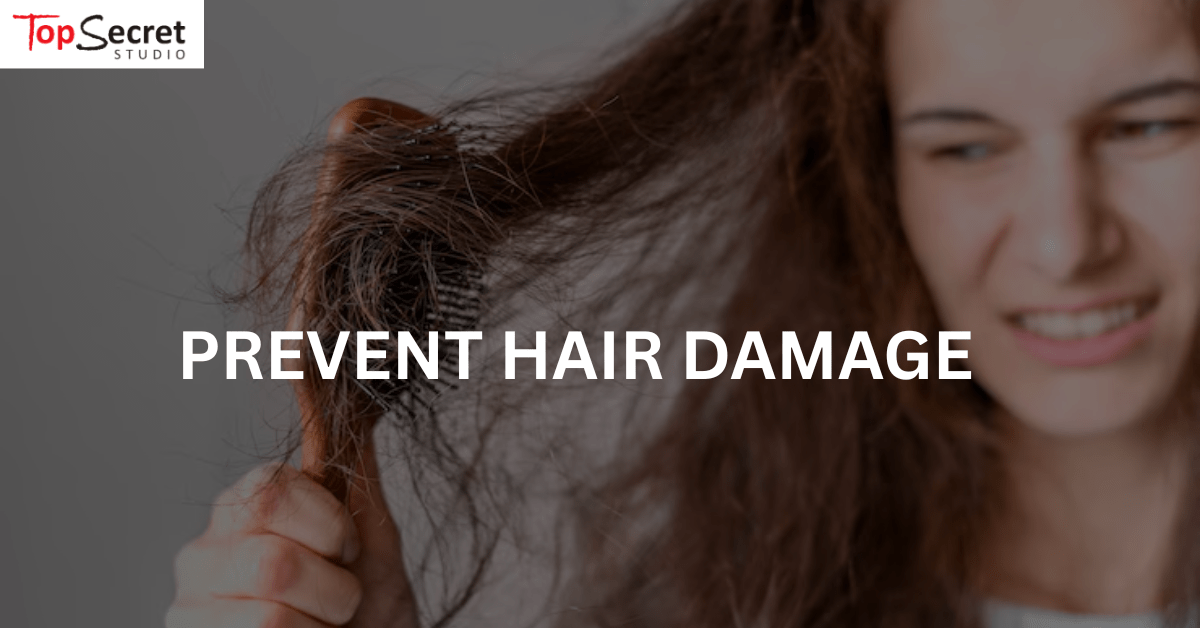
Scalp Treatment Guide: 10 Secrets to Stronger Hair
Healthy hair begins at the scalp. While many hair care guides focus on shampoos and conditioners, few realise that a well-cared-for scalp is the real foundation of strong, vibrant hair.
This guide explains the science behind effective scalp treatments and shares practical, research-backed secrets to improve scalp and hair health.
We will also share a very useful scalp treatment routine that keeps your scalp healthy and fresh at the end of the blog! So stay tuned.
Why Scalp Treatment Is Important for Hair Strength
A clean, balanced scalp improves follicle function, promoting healthier, stronger hair over time.
Hair growth begins at the root, which sits inside the scalp. Excess oil, dead skin, and product residue (like dandruff) can block follicles, slowing growth and weakening strands. A tailored scalp treatment removes these obstructions and creates a healthy environment for hair to thrive, similar to plants.
Secret #1: Clarify Weekly to Remove Buildup
Use a clarifying treatment or shampoo weekly to lift excess oil, flakes, and residue.
Silicone-heavy hair products and pollution cause buildup that regular shampoo doesn’t fully remove.
Scalp clarification involves deeper cleansing agents such as salicylic acid or charcoal to reset the scalp and allow it to breathe. However, for folks with sensitive skin, use milder exfoliants like apple cider vinegar rinses.
Secret #2: Massage Daily to Boost Circulation
Gentle scalp massage enhances blood flow, delivering nutrients to hair follicles.
We know, it sounds silly but a few minutes of massage using fingertips or a silicone brush does stimulate the scalp. Increased circulation means more oxygen and nutrients reach the roots, supporting hair growth and follicle longevity. Much like muscles, nutrients and oxygens are key to their growth.
Tips for Scalp Massage:
- Use natural oils like peppermint or rosemary oil.
- Apply gentle pressure in circular motions.
- Aim for 5–10 minutes per day.
Secret #3: Balance Scalp pH to Prevent Irritation
Maintaining a slightly acidic pH (around 5.5) prevents itchiness and bacterial growth.
Many commercial shampoos are way too alkaline, disrupting the scalp's natural balance. Choose pH-balanced formulas and avoid overwashing, which can strip the skin’s protective barrier and trigger dryness or overproduction of oil.
To maintain optimal pH:
-
Use pH-balanced shampoos clearly labelled as such (aim for pH 4.5–5.5).
-
Limit washing to 2–3 times a week unless you have a very oily scalp.
-
Avoid harsh surfactants like sodium lauryl sulphate (SLS), which can strip moisture.
- Opt for mildly acidic rinses like diluted apple cider vinegar (1:5 ratio with water) once a week to restore pH naturally.
Secret #4: Choose Products Based on Scalp Type
Dry, oily, and sensitive scalps need different treatments to stay healthy.
|
Scalp Type |
Symptoms |
Recommended Treatment |
|
Dry |
Flakes, tightness |
Hydrating oils, aloe vera |
|
Oily |
Greasy, heavy hair |
Clay masks, tea tree oil |
|
Sensitive |
Redness, itching |
Fragrance-free, oat-based serums |
Your scalp type determines how it reacts to ingredients and treatments. Using the wrong products can worsen dryness, oiliness, or irritation. Identifying your scalp condition is the first step in building an effective routine.
“Always do a patch test before introducing new treatments, especially with active ingredients or essential oils.”
If you want to know what hair product ingredients to avoid for sensitive scalp, check out our guide on 11 Hair Care Ingredients to Avoid If You Have Sensitive Scalp.
Secret #5: Exfoliate Monthly for Cell Turnover
Scalp exfoliation removes dead skin, allowing new cells to surface and follicles to function well.
Just like facial skin, the scalp accumulates dead skin, sebum, and residue from styling products. Over time, this buildup can clog follicles and reduce treatment effectiveness
Apply to a clean, dry scalp and massage gently in circular motions. Rinse thoroughly and follow with a soothing serum or conditioner.
Secret #6: Treat Scalp Inflammation Early
Itchiness, redness, or flaking may indicate early inflammation that needs calming treatment. Scalp discomfort such as persistent itching, redness, or flaking can signal underlying inflammation. Ignoring these signs can result in chronic irritation or even hair thinning.
Recommended Soothing Ingredients:
-
Niacinamide: Strengthens the skin barrier and reduces redness
-
Panthenol (Vitamin B5): Soothes and hydrates
- Calendula or Centella Asiatica: Calms inflammation naturally
If symptoms persist or worsen, consult a dermatologist. Conditions like seborrheic dermatitis or psoriasis often need medical-grade treatment.
Secret #7: Feed Your Scalp Nutrients
Your follicles thrive on proper nourishment, not just from your diet but also from what you apply directly to your scalp. A well-fed scalp supports thicker, more resilient hair.
Topical Nutrients That Help:
-
Biotin: Encourages keratin production
- Zinc: Balances oil and supports healing
- Caffeine: Stimulates blood flow and reduces hair shedding
Use dedicated scalp serums that list these nutrients high on the ingredient list. Standard hair oils or styling serums usually don’t penetrate deeply enough.
Secret #8: Protect Your Scalp from Sun and Heat
UV rays and heat styling tools can weaken scalp cells and dry out skin. Because just like skin, the scalp can burn. Prolonged exposure can compromise hair root strength.
Use UV-protective sprays, wear hats in direct sun, and limit use of high-heat styling tools. Always apply a heat protectant near roots when blow drying.
Secret #9: Stay Consistent with Treatment
Scalp treatments aren’t a one-off fix. Because hair grows in cycles, results depend on long-term commitment. It may take 6–12 weeks before noticeable changes appear. Thus, results depend on regular, long-term application of scalp treatments.
Stick to a schedule that includes:
- Cleansing (2–3× a week)
- Weekly treatments (oiling, masks)
- Nightly or alternate-day serum application
- Regular scalp massage (3–5 mins a day)
Over time, a consistent routine helps rebalance your scalp and supports healthier, shinier hair from root to tip.
Secret #10: Know When to Seek Professional Help
Sometimes, home care isn’t enough. Chronic scalp issues may indicate deeper problems like infections, autoimmune responses, or genetic thinning. Early diagnosis improves treatment outcomes.
Signs You Should See a Specialist:
- Excessive or patchy hair loss
- Open sores, scaling, or bleeding
- Persistent itching or pain despite treatment
In-clinic treatments available in Singapore include:
-
PRP (Platelet-Rich Plasma) therapy
- Low-Level Laser Therapy (LLLT)
- Prescription anti-fungal or corticosteroid solutions
“Don’t wait until hair loss becomes visible. Treating scalp issues early can prevent permanent follicle damage.”
The Ultimate Scalp Treatment Routine: Step-by-Step
Healthy hair starts with a healthy scalp and just like skincare, your scalp needs its own structured regimen. Here's a professional-grade, detailed routine that supports scalp health, boosts hair growth, and addresses common scalp concerns like itchiness, oiliness, dryness, or hair thinning.
Step 1: Pre-Treatment Oil Massage (1–2x Weekly)
Begin with a nourishing oil massage. This step softens dead skin, loosens buildup, and improves blood flow to hair follicles. Use cold-pressed oils such as:
-
Coconut oil: best for dry, flaky scalps.
-
Rosemary oil: clinically studied for its growth-stimulating properties.
- Peppermint oil: improves microcirculation and provides a cooling effect.
How to Apply:
Warm the oil slightly, then use your fingertips to massage your scalp in small, circular motions for 5 to 10 minutes. Focus on the crown, temples, and nape.
Leave the oil on for at least 20 minutes, or overnight if your scalp tolerates it well. Shampoo thoroughly afterwards.
Step 2: Exfoliate Monthly to Remove Dead Skin Cells
Scalp exfoliation encourages healthy turnover of skin cells and keeps hair follicles clear. You can use:
-
Chemical exfoliants like glycolic acid or salicylic acid-based serums.
-
Physical scrubs containing sugar, sea salt, or botanical grains.
How to Apply:
On a dry or slightly damp scalp, apply the exfoliant section by section. Gently rub (or let the actives absorb, depending on the formula). Leave on for 5–10 minutes, then rinse thoroughly. Avoid exfoliating if your scalp is inflamed or broken.
Step 3: Clarify Buildup Weekly
Use a clarifying shampoo once a week to deep-clean the scalp and reset your hair from oil, sweat, product residue, and pollutants. Clarifying treatments often contain:
- Activated charcoal
- Apple cider vinegar
- Salicylic acid
Pro Tip: If you live in a humid environment AKA Singapore, or use styling products frequently, clarifying weekly is essential. Follow with a moisturising conditioner on mid-lengths to ends only, not on the scalp.
Step 4: Gentle Shampoo 2–3 Times Weekly
Avoid overwashing. A gentle, pH-balanced shampoo cleans the scalp without stripping natural oils. Look for:
-
Fragrance-free or botanical-based formulas for sensitive scalps
-
Sulphate-free cleansers that respect your skin barrier
Technique:
Use lukewarm water. Massage gently with your fingertips, not nails. Focus on the scalp rather than the hair lengths. Rinse thoroughly.
Step 5: Use a Scalp Treatment Mask or Conditioner Weekly
After cleansing, apply a specialised scalp mask or conditioner if you have dryness, irritation, or itchiness. These can be:
-
Aloe vera or oat extract–based for soothing
-
Protein-rich or keratin-infused for strengthening
- Menthol or tea tree oil–based for oil regulation
Part your hair and apply the mask directly to the scalp, massaging it in gently. Leave it on for the recommended time, usually 5–15 minutes and then rinse.
Step 6: Apply Leave-In Scalp Serum or Tonic 3–5 Times Weekly
This is where the real care happens. Scalp serums help strengthen follicles, reduce inflammation, and regulate oil. Look for ingredients like:
-
Caffeine: Not just great for waking up but it also stimulates roots and encourages growth.
-
Niacinamide: Calms redness and strengthens the skin barrier.
- Peptides or stem cells: Nourish the hair root directly.
When and How:
Apply the serum to a clean scalp at night or after your morning wash. Use a dropper to place the product directly at the roots, then gently massage to distribute.
Step 7: Protect Your Scalp Daily
Many people forget the scalp is skin, it needs sun and heat protection too. Sun damage dries out the scalp and weakens follicles, while high-heat styling tools can burn the skin or lead to chronic dryness.
What to Use:
-
SPF scalp sprays or leave-in UV mists
- Heat protectant products before blow-drying or using straighteners
Tip: Always apply a protective spray if you’re outdoors for over 20 minutes or using a blow dryer near the roots.
Step 8: Daily Massage (Optional but Recommended)
Even without oils, massaging your scalp for 3–5 minutes daily keeps blood flow active and helps loosen flakes or sebum buildup.
Tool Options:
- Silicone scalp massagers
- Fingers (clean and short nails)
- Vibration-based scalp stimulators
Done consistently, this can reduce tension, improve product absorption, and support a thicker, healthier hairline. However if you need a professional stylist or salon to do it, we recommend the best Hair salon JB, REDS Hair Salon, the folks there know how to work their magic.
Summary Routine Snapshot
Weekly Breakdown Example:
-
Sunday: Oil massage + wash + serum
-
Monday: Massage + UV protection
-
Tuesday: Gentle shampoo + serum
-
Wednesday: Rest day or dry massage
-
Thursday: Clarifying shampoo + mask + serum
-
Friday: Massage + UV protection
- Saturday: Exfoliate (monthly) + serum
Conclusion: Better Hair Begins at the Scalp
At Top Secret, we believe that healthy hair doesn't start at the ends, it begins with your scalp. Every flake, itch, or oily patch is your skin signalling what it needs. When we care for the scalp with the same attention we give our skin, everything changes.
The right approach means using targeted, high-quality treatments consistently. Whether it’s a balancing scalp serum, a clarifying shampoo, or a soothing mask, the ingredients matter.
That’s why we trust and work with professional-grade products from respected brands like Aveda, Kérastase, and L’Oréal Professionnel, formulated to restore harmony and nourish right at the root.
Your healthiest hair begins with your scalp, and we’re here to help you take that first step.
Frequently Asked Questions About Scalp Treatment
How Often Should I Get Professional Scalp Treatments?
Most experts recommend a professional scalp treatment every 4 to 6 weeks to maintain optimal scalp health and address specific concerns.
Can Scalp Treatments Help With Hair Loss?
Yes, targeted scalp treatments can improve follicle health and circulation, which may reduce hair shedding and promote regrowth over time.
Are Natural Oils Effective for Scalp Treatment?
Certain natural oils like tea tree, jojoba, and rosemary have antimicrobial and soothing properties, making them beneficial when used correctly.
Can Scalp Treatments Reduce Dandruff Permanently?
While scalp treatments can manage dandruff by controlling dryness and fungal growth, persistent cases may require medical diagnosis and treatment.
How Long Does It Take To See Results From Scalp Treatment?
Visible improvements typically appear after 6 to 8 weeks of consistent use, aligned with the hair growth cycle.
Can Scalp Treatments Be Used On Colour-Treated Hair?
Many scalp treatments are safe for colour-treated hair but always check product labels for compatibility to avoid fading.

